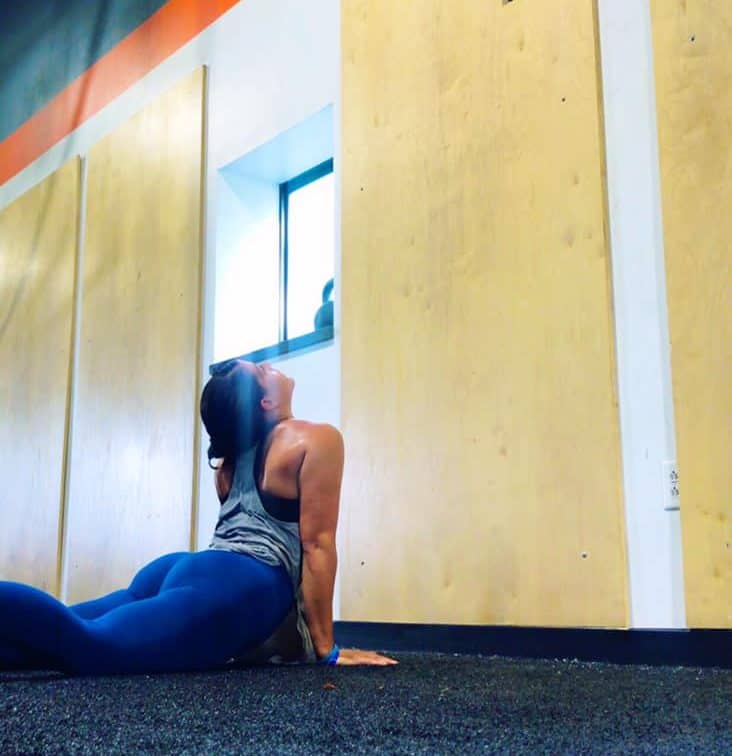Hey feel more gooders! This post will touch on various aspects of Intermittent Fasting. Not sure what that is, keep reading! What are the benefits of intermittently fasting?
What is Intermittent Fasting?
Intermittent fasting (also commonly referred to as time restricted eating) is a method of eating in which you only eat within an 8-hour window. The most common window is eating in between 11am-7pm and fasting from 7pm-11am.
What are the Benefits of Intermittent Fasting?
- Increased hormone function
- Decreased inflammation in the body which contributes to chronic health conditions
- More thorough recovery from rigorous activity (ex: Crossfit, marathon training, etc.)
- Can reduce insulin levels + blood pressure
- Helps brain function
- Benefits neurons on a way that protects memory + learning
- Reduction in visceral body fat
- Increase in lean body mass alongside consistent exercise
Source: An Intro to Fasting
Second to thermoregulation (if you were to jump into an ice-cold ocean and your body is fighting to maintain warmth), digestion is the most taxing bodily process that it participates in. And think–we do this on a daily basis, several times a day. It’s no wonder why our energy lags and we feel less than 100%.
How Do You Start Intermittent Fasting?
This can look different for everyone, depending on your chosen window of fasting, what your schedule is like, etc.
A good entry point to fasting is to wait until 11am to eat your first meal. Making sure you are hydrating upon waking (lots of water) will help your body facilitate detox and feel full.
I like to describe fasting as a spectrum. On one end, you have the most extreme, exact way of IF fasting in which you don’t have any fluids besides water until 11am, and then eat like clockwork starting at 11am and ending precisely at 7pm.

Modification:
On the other end of the intermittent fasting spectrum, you have the approach that I’ve found works well for me: drinking a morning coffee (i add a few tablespoons of Laird Superfood powder – use Laird Superfood discount code FEELGOOD15 for 15% off), water and some elixirs in the morning.
I’m not doing a by-the-book fast here, but it’s somewhere on the spectrum. It allows me to be giving my digestive tract a break from digesting meals while also allowing me to have a little fuel in me for morning workouts (some days I do 5am Crossfit workouts at our gym).
Is Intermittent Fasting a Fad, or is it Here to Stay?
From my understanding, knowledge accruing and anecdotal lectures from a few professional athletes I follow, fasting is a practice of our ancestors. At that time, it was just how daily life was, as they didn’t have a pantry a few feet away for frequent snacking. They often hunted + foraged for their meals and they only ate after they sought out and located that food.
So, they were forced by the limited availability of food to eat this way. Turns out, there are a a lot of positive health implications to giving your digestion a break during a chunk of the day.
I can see how and why this would be viewed as a fad, but I see it as an ancient practice that is surfacing again, as we look back to our ancestors for some insight on wellness.
Is There Anybody That Should Not Fast?
Totally! Remember that the way you eat is your decision; and it’s one that should be made based on what feels best to you. If you adhere to the parameters of your MD, naturopath or functional medicine practitioner, you should discuss this with them, consider their feedback and make the best decision for your unique genetics, goals,



0 Comments